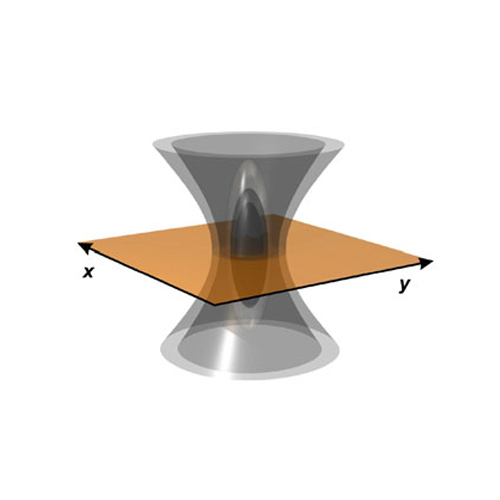Fluorescence Correlation Spectroscopy: Principles and Developments
15-Jul-2012
Supramolecular Structure and Function 10, 2012, DOI 10.1007/978-94-007-0893-8_1, published on 15.07.2012
Supramolecular Structure and Function 10 online article
Supramolecular Structure and Function 10 online article
Twenty years ago, fluorescence measurements at low concentrations were difficult due to the weak fluorescence signal and intrinsic fluctuations of the sample. With the development of FCS and its implementation on a confocal microscope, it is possible to use the inherent fluctuations to gain information over the concentration, molecular brightness, microscopic rate constants for reactions and mobility of the measured sample. In recent years, there has been a strong increase in the development and application of fluctuation methods. With pulsed interleaved excitation, stoichiometry information can be obtained and spectral cross-talk can be eliminated from FCCS experiments. An elegant implementation of two-focus FCS has also been introduced to allow absolute measurements of diffusion coefficient without precise knowledge of the psf of the microscope and is less sensitive to the laser excitation intensity and saturation effects. Scanning methods such as Scanning FCS and RICS increase the effective volume, which is advantageous for live-cell measurements where diffusion is slow and photobleaching is a problem. In this article, describe the basics of FCS and its limitations as well as a short discussion of a handful of emerging techniques. There are still many other equally interesting applications of fluorescence fluctuation spectroscopy that we have not been able to touch upon. And, if the past is any indication of the future, there will be a number of novel fluorescence fluctuation spectroscopy methods emerging in the near future.











